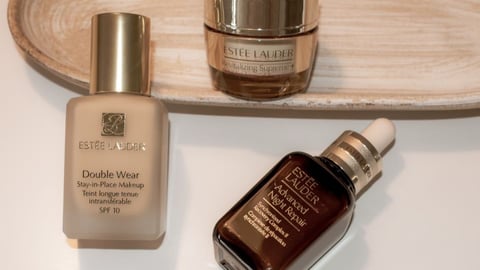Yeti Dives Into Augmented Reality
As consumers gear up for a summer of vacationing and adventuring, one consumer goods company is tapping into augmented reality for the first time in order to ensure its digital consumers can appreciate the true benefits of its products.
Yeti, the Austin, TX-based cooler and outdoor accessory manufacturer, retailer and distributor, has launched an immersive 3D and AR experience on its website with technology from Vertebrae, in which consumers can virtually view more than 50 virtual products in their own physical environments. Using their smartphones, they can examine items from multiple angles, receiving a close-up look at its dimensions, construction, features and materials.
For Yeti, which was founded in 2006 and quickly became renowned for its insanely durable coolers, one of its most significant points of pride are the materials it uses in developing resilient and high-quality products. Matt King, Yeti chief information officer, notes the challenges that can come in conveying this quality to consumers in an online setting.
“It was important to us to provide 3D and AR experiences for our signature coolers — something no one has done for this category of products — to help shoppers with research and making purchases,” King tells CGT. The company has also launched a new product line exclusively through its website — the Crossroads collection, shown above — and it sees 3D and augmented reality as a way to enhance its online experience and showcase the qualities distinctive to the Yeti brand.
(Editor's Note: Yeti published its Q1 earnings shortly after this story was published, and that data is reflected in the chart above.)
For example, with its new collection, Yeti wanted to instantly communicate the durability of the materials and the utility of the compartments and closures, King says. “Using 3D and AR, shoppers can closely examine the abrasion-resistant and water-repellent fabric and evaluate features like access points and stash pockets based on their need for everyday use or epic adventure.”
Size is also important to Yeti consumers. “They want to know how much gear they can stash in those bags, and how much they can stash and chill in our hard coolers,” he explains. “AR functionality gives them the ability to view life-size virtual products in their real-life environment” — such as visualizing a cooler in a car trunk —“giving them an accurate gauge of size and scale.”
Perhaps best of all, all of this can be done within the e-commerce environment on Yeti.com — no mobile app required. Consumers can access visualizations directly from the product detail pages, and “life-sized” products will be displayed, with users able to zoom in to see features and materials.
Yeti recorded net sales of nearly $1.1 billion for its fiscal 2020 year, up 19% from the prior year. As socially distancing consumers sought outdoor activities to escape boredom, the company was one of that that befitted from these new behaviors despite simultaneously navigating the challenges of physical retail.
Yeti’s direct-to-consumer channel sales increased 50%, to $580.9 million in 2020, with the direct-to-consumer channel growing to 53% of net sales vs. the prior year’s 42%.
In measuring the success of this new technology initiative, King says the company is interested in overall engagement online — particularly in measuring the impact on mobile. Mobile is where consumers do most of their browsing but still are more hesitant to buy, he notes, in part because the product experience has been lacking.
Vertebrae's platform integrates with Yeti’s e-commerce analytics tools and provides native reporting, providing built-in accountability for Yeti’s 3D and AR assets.
“We're also eager for new insights into how shoppers interact with the virtual product renderings,” he notes, “what features they zoom in on, which color SKUs they choose to view in AR, and so on, to get a better understanding of which product features matter to customers.”
King is bullish on the future of both 3D and AR, expecting them to eventually be as ubiquitous as traditional 2D artwork is today. Thanks to Vertebrae's platform, it’s able to syndicate assets to a variety of locations that may require different file formats, while managing them through a single administration console.
“[We] look forward to leveraging our immersive assets and analytics to engage and assist our customers,” King says. “There are already opportunities to engage followers on social media through paid and organic 3D and AR plays, and Google is on track to integrate AR widely into its shopping programs.”






